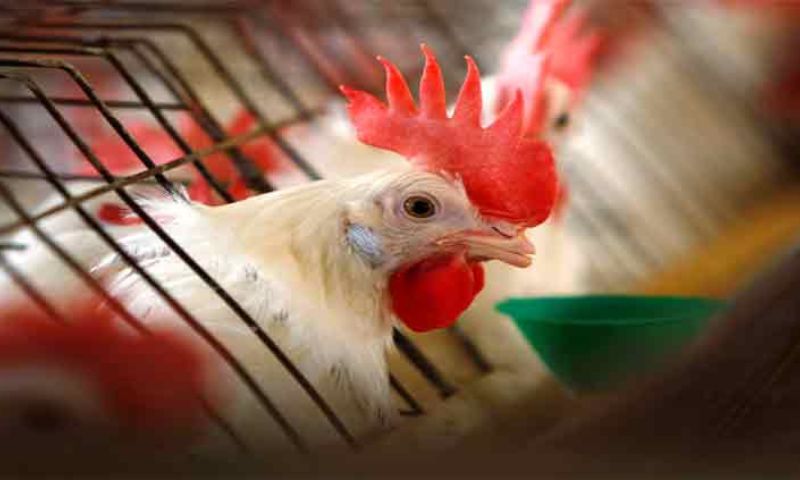WASHINGTON: The ongoing spread of bird flu among poultry and dairy farms has raised concerns among health experts regarding the methods used for culling and disposing of infected birds, potentially posing risks to humans and livestock alike.
Recent incidents where farms have resorted to dumping carcasses in landfills and employing methods that bring workers into close contact with the virus have increased fears about further transmission, according to data reviewed by Reuters and discussions with officials and disease experts.
The use of carbon dioxide for the asphyxiation of chickens on a Colorado egg farm, amid extreme heat conditions that compromised protective equipment, resulted in five cases of bird flu among workers, marking the largest cluster of human infections reported in the United States, as stated by the Centers for Disease Control and Prevention (CDC) this week.
CDC’s Principal Deputy Director Nirav Shah emphasized the necessity of ensuring stringent protective measures during depopulation activities to safeguard workers involved in such processes.
Dr. Michael Osterholm, an infectious disease expert at the University of Minnesota, highlighted the risks faced by workers engaged in culling activities, stressing the critical need for protective gear to prevent inhalation of the virus.
The method of killing birds varies and is jointly decided by state authorities, farmers, and the US Department of Agriculture (USDA). Measures include using mobile gas chamber carts, spraying firefighting foam, or adjusting ventilation systems in chicken barns to induce asphyxiation, according to USDA data.
Despite the scale of culling efforts—where approximately 95 million chickens, turkeys, and other poultry have been disposed of since February 2022—officials maintain that the risk to the general public remains low.
In response to the escalating concerns, federal and state agencies collaborate closely with farmers to determine appropriate disposal methods, emphasizing on-site composting as the safest approach to prevent potential virus spread during carcass transport.
However, instances of poultry being disposed of in landfills have sparked controversy, with Michigan’s Herbruck’s Poultry Ranch disposing of nearly two million chickens in private landfills between April and June. Although subsequent tests indicated that the disposed carcasses did not directly cause infections at nearby dairy farms, the practice has raised alarms among local farmers and health officials.
Despite these challenges, there have been no confirmed cases of human or livestock infections directly linked to the disposal of birds infected with avian flu.























